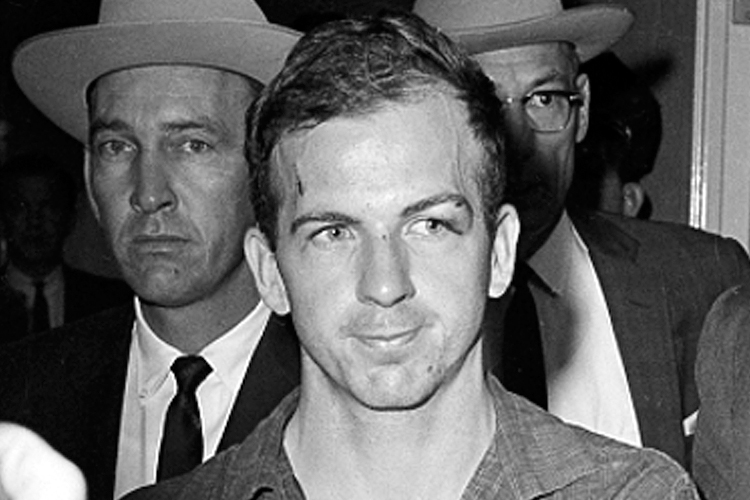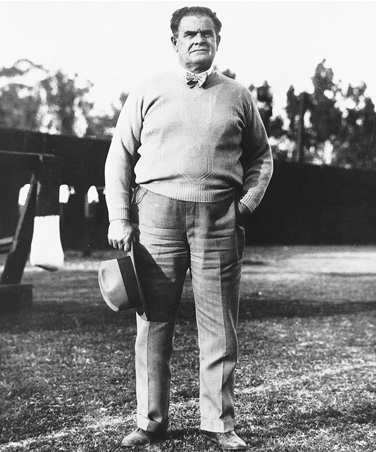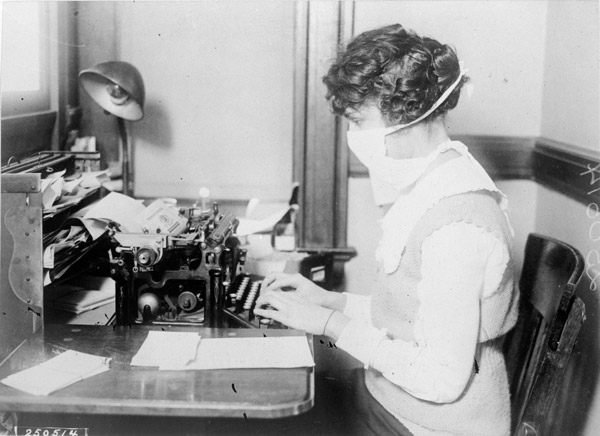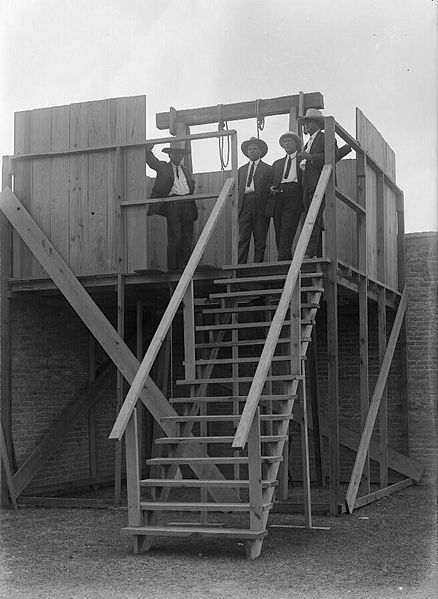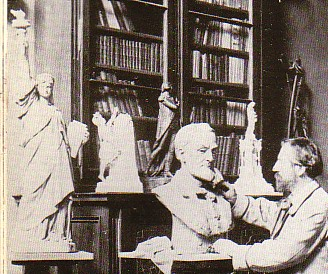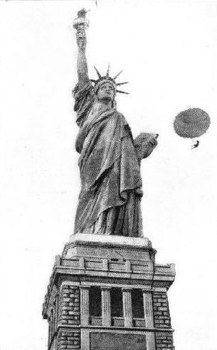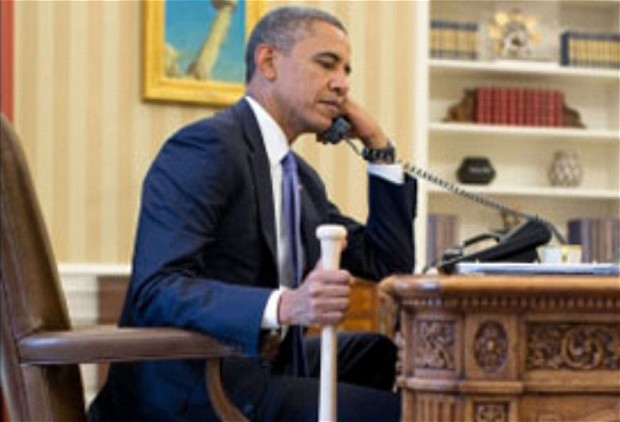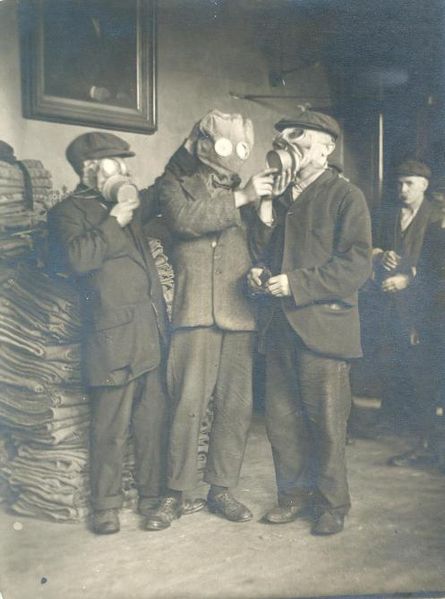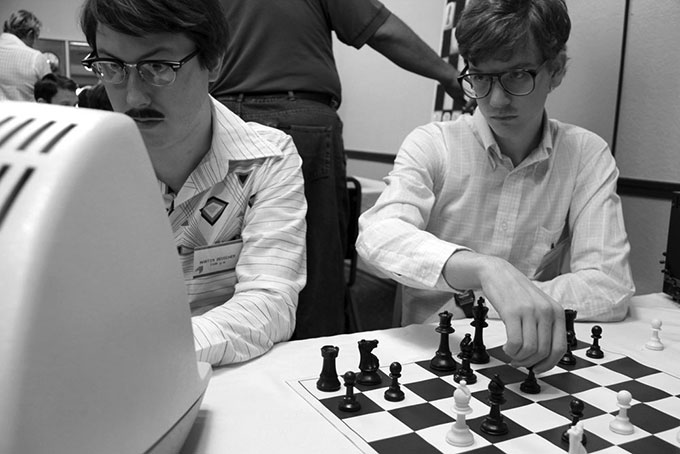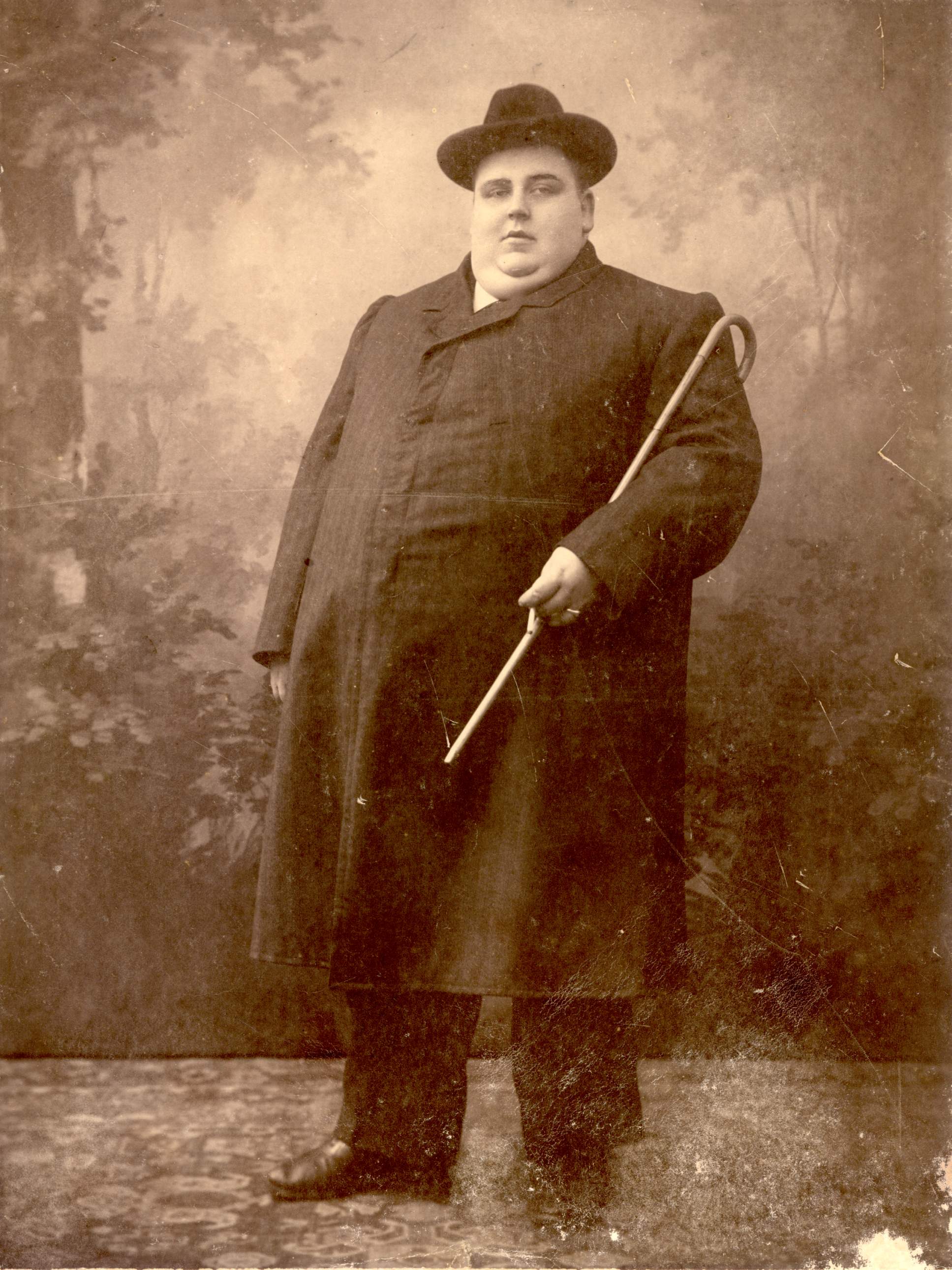I don’t think there was a conspiracy to kill President John F. Kennedy, and I can’t take anyone seriously who refers to Oliver Stone’s ridiculous JFK movie to argue the contrary. It’s not that a lot of people didn’t want him dead, but I don’t think Lee Harvey Oswald was the trigger man for any group. Oswald probably acted alone. He almost definitely wasn’t in cahoots with Cuba or Russia or any other foreign power. It’s somewhat possible he may have been acting in concert with American mob figures, but it’s doubtful, and there’s no good proof of any such cabal. Jack Ruby likewise probably acted alone in murdering Oswald, envisioning himself as a national hero for his deed.
There is one interesting theory that can’t be completely dismissed: Perhaps the final bullet that struck and killed the President was an accidental discharge from a Secret Service agent. This idea has survived for three reasons: 1) The last bullet impacted differently than the first, causing an explosion of flesh 2) Some doubt Oswald’s ability for such pinpoint accuracy at such a distance with such a cheap weapon 3) Quite a few witnesses on the ground reported smelling gunpowder.
I don’t believe this theory, either. Ammo can react differently in different situations and a direct hit to the back from one angle will not necessarily create the same result as one to the head from another. Oswald was a highly trained marksman, and I think it’s very possible he could reach a target in a slow-moving vehicle. Bullets hitting more than one person and causing someone’s brain to explode might cause a smell that’s similar to gunpowder. There were also likely tires straining quickly in every direction which can cause a burning smell. And let’s remember that the witness closest to Oswald in the book depository distinctly heard three registers.
During the first 35 minutes of a recent Grantland podcast, Bill Simmons and Chris Connelly interview Bill James, who subscribes to the Secret Service theory. In addition to being one of baseball’s sabermetrics pioneers, James has written about the assassination in his book on true crime. I was disappointed by James’ stance in the wake of the Penn State pedophilia scandal, but he’s very sober-minded in this discussion. The only comment James makes in the podcast that I take issue with is his assertion that Oswald striking Kennedy more than once in a matter of seconds is tantamount to James himself being able to hit a home run off Roger Clemens. It’s a poor analogy. Oswald had a professional level of marksmanship and James does not have that level of athletic ability, especially in middle age. And James didn’t seem to be employing hyperbole. But it’s an interesting conversation overall.• Listen here.

